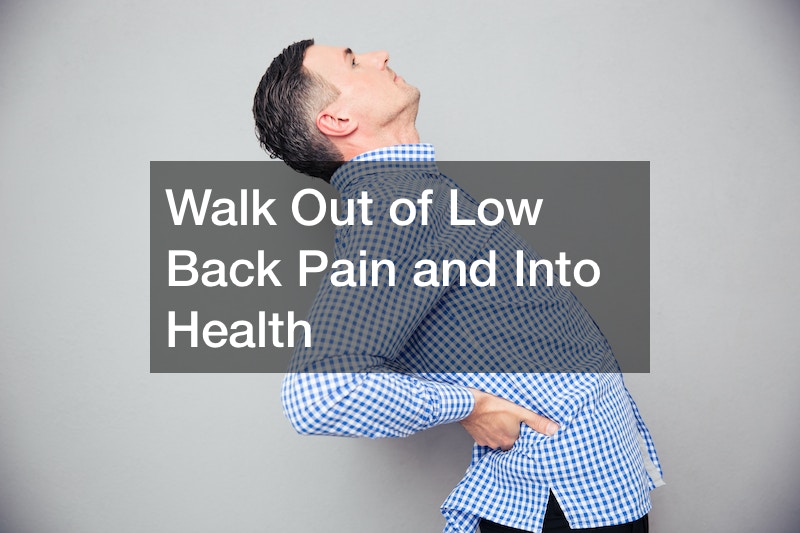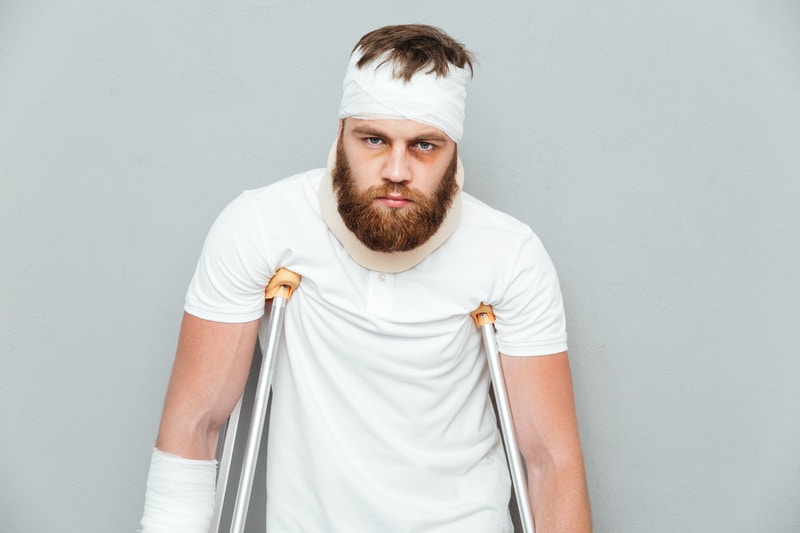
When you have back pain, it can affect every aspect of your life. It can make even small movements painful, and you may need back pain treatment to feel better. Treatments can also give you a large range of motion and allow you to do your normal tasks without pain. If you have back pain not muscular, you may need chiropractic adjustments for your back to feel better. The problem could be your spine being misaligned.

Back pain relief options include getting a massage, undergoing acupuncture, pain medications of various types, and manual adjustments by a chiropractor. There are also pain-relief patches and ointments that can help with the pain. If your back only hurts when standing, see a doctor or a chiropractor about the problem. The problem could be nerve-related such as with sciatica.
If you have back injury numbness in your leg, it may be surgery that you need. An accident can cause many different types of injuries that may be treatable if you’re having pain. If you are living with pain, it’s up to you to look into the many options available and to find a practitioner who can help you. You may need regular treatments to treat the pain.


When your back hurts, it can feel as if everything hurts. Moving becomes difficult, if not impossible. Accomplishing even the most basic of daily activities can be a feat of pain endurance. The daily lives of nearly 70% of Americans are affected by low back pain. Of those, four out of every ten sufferers will try exercise to alleviate the pain instead of visiting a doctor or physical therapist.
Exercise can be an effective strategy to helping reduce your lower back pain. Studies have found that aerobic exercise is not only essential to overall health, but can also aid in alleviating lower back pain. The trouble is, for many back pain sufferers, most forms of aerobic exercise are too painful to complete. In such cases, taking a walk can be the best course of action.
How to walk out of low back pain
Walking provides a unique, low impact form of exercise to help alleviate lower back pain. Regularly taking a walk helps improve and maintain your ability to complete those everyday tasks your low back pain has interfered with. Walking offers many benefits, among them are:
- Greater flexibility – – When coupled with regular stretching, the act of taking a walk can help improve your range of motion, thus reducing your susceptibility to injury.
- Improved posture and stability – – Regular walking will enhance the stability of your spine and help condition the muscles of your body used to keep you upright.
- Stronger Bones – – Stronger bones means less chance of osteoporosis. A regular walk can also help reduce pain caused by osteoarthritis.
- Facilitates a healthy back through strong circulation – – Walking helps bring nutrients to soft tissues and drain toxins, thus nourishing your spinal structures.
- Helps maintain a healthy weight – – Any and all regular exercise helps in weight maintenance and overall health. An exercise routine is particularly important as we age and experience a slowing of our metabolism.
How to get the most out of your walk
To reap the most benefit from your walking routing, follow these exercise walking techniques:
- Start a warm up: It’s always advisable to stretch before beginning exercise. Gentle stretching helps prepare your joints and muscles for the activity ahead. Before stretching, take an easy, five minute walk to further warm up your muscles and joints so they aren’t cold when you stretch.
- Gradually increase your pace: After stretching, resume your warm-up walk pace for another five minutes. Over the next 30 minutes (approximately two miles), gradually increase the pace of your walking. You should reach a brisk pace but not so fast that you couldn’t have a conversation as you walked.
- Gradually increase the frequency and distance of your walks: Incorporate an exercise walking routine slowly. Start with a 30 minute walk twice a week and work up to four walks per week and/or longer walks.
- Pay attention to your posture: Always be aware of your posture as you walk. Stand fully upright without leaning forward as you walk. Your gaze should be straight ahead and shoulders relaxed. Keep your abdominal muscles engaged by pulling your stomach in as you walk. This will help support your spine. Your motion should start in your hips and your strides shouldn’t be too long or short to be naturally comfortable.
For some back pain sufferers, even regular walking may prove too painful to bear. If this is the case for you, it’s time to seek medical help.
Why you should see a physical therapist sooner rather than later
Over 40% of those who experience long-term low back pain won’t visit a doctor or physical therapist for help. While stretching and exercising can be a great way of finding relief from low back pain, you could be shooting yourself in the foot (or wallet) by putting of proper medical treatment.
Medical care for back pain can involve various pain medication and physical therapy options. If you’re a chronic lower back pain sufferer and procrastinate getting medical treatment, the costs you face when you do are likely to be far higher. According to one study, patients who received early physical therapy for their low back pain incurred nearly $2,740 lower costs than those who waited.